Athletes and coaches adapt to overlapping sports schedules
As school began in August, numerous sports traditionally played in the fall were pushed indefinitely to the future due to the pandemic. Winter sports seasons were shifted to a virtual setting in late November, and athletes were left without guarantee of any season. Yet on Jan. 27, the Illinois High School Association (IHSA) released a comprehensive schedule detailing start and end dates for all high school sports that had not yet had a season.
The schedule assigned seasons to all remaining sports between the time the schedule was released and June 12. This shift has resulted in extensive situations of overlap between sports seasons and displays the continued necessity of flexibility among athletic staff and athletes this year.
Because of this, the LHS athletic department made the decision to allow student-athletes to play multiple sports at once. This option is not limited to athletes whose seasons were delayed, nor does it prevent students from joining sports they had not previously played.
With many sports vying for practice times and competitions squeezed into abbreviated seasons, athletic director John Woods noted the athletic department’s emphasis on students taking responsibility for coordinating conflicts between their sports if they wanted to play multiple sports at once.
Rather than leave scheduling up to coaches to figure out, student-athletes were encouraged to formulate a plan describing how they would manage conflicts between their sports and present that plan to the coaches of both sports. This structure, Mr. Woods shared, represents one of the athletic program’s core values: accountability.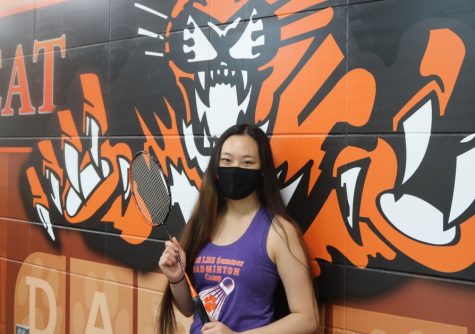
For junior Evelyn Tarman, the multiple sport allowance came as a surprise but allowed her to participate in bowling and badminton, whose seasons overlapped almost entirely. She worked with her coaches on a week-by-week basis to communicate upcoming conflicts and practices she would have to miss.
“[My coaches] were mostly flexible with [the conflicts],” Tarman said. “If I was going to my bowling match, my badminton coach would find another partner or another person to fill my spot.”
Though most of her competitions occurred on different days, Tarman faced several instances in which she had both badminton and bowling competitions on the same day.
“For one of them, I had a Lake Zurich bowling match and then a Barrington badminton match,” she shared. “I decided that my bowling match was more important because Lake Zurich was our strongest competitor in our conference.”
Tarman noted that days where these competitions conflicted were stressful, but she felt in control of managing both sports throughout their seasons. She was able to stay on top of her schoolwork by using the time she had during lunch and study hall periods.
The opportunity to double on sports allowed senior Andrew Clark to play five sports this year, including two he had always wanted to participate in but was never able to. During the overlap between swim and basketball, he was able to reduce conflicts by attending swim practices that did not coincide with basketball practices or games.
“Even though I was on one specific swim team, I practiced with all three levels,” Clark said. “If there was a morning basketball practice, I would go to the night swim practice. If there was a night basketball practice or game, I’d go to the morning swim practice.”
As he worked through the beginnings of water polo and track seasons this spring, Clark noted that his role as a water polo team captain led him to choose that sport as his priority sport, meaning water polo would take precedence over track if a conflict between the two arose. His track coach approved this arrangement, so Clark runs track workouts on his own before school.
Similar to Tarman, Clark utilized his lunch period and small moments between classes and activities to manage schoolwork but mentioned a lack of free time and “some short slept nights” as results of his crowded schedule.
He shared the stress the first week of playing basketball and swimming brought and his thoughts of, “‘Oh man, I have practice before school, after school, every day,’” but once this was established as the new norm, he was able to get into a rhythm that limited his stress.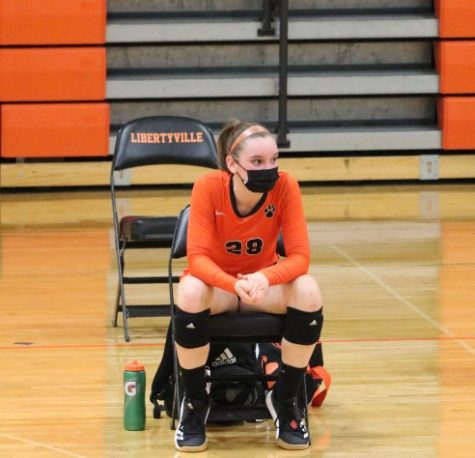
Freshman Mia Colton “always knew [she] wanted to do basketball, volleyball and soccer in high school” but was able to add golf to her repertoire as a result of volleyball being pushed out of its usual fall season. While she was confident in handling the weeklong overlap between basketball and volleyball, Colton expressed the concerns she held about doubling on volleyball and soccer for over two weeks before deciding to play both this spring.
Colton’s coaches were “super understanding” throughout the process and shared their support of athletes playing multiple sports at once as long as they communicated schedule conflicts. She noted that if a conflict between sports competitions occured, the sport that had been in season earlier would be prioritized.
Colton described the initial days of overlap as hectic but “once [she] established a system of when [she] would get things done and how long it would take [her] to do them, it was pretty easy from then on.” If the opportunity to double on sports was offered in the future, she said she would take advantage of that to play both volleyball and golf in a normal season schedule.
Student-athletes are not the only ones managing multiple sports at once this year.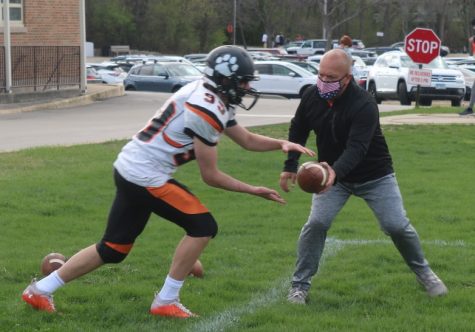
Basketball, football and softball coach Sean Ferrell experienced a weeklong overlap between basketball and football seasons and coached football and softball at the same time for three weeks this month. As a passionate coach, dropping a sport this year due to conflicts between seasons never crossed his mind.
“My thought process was, ‘I’m going to make this work for the kids,’” Mr. Ferrell shared. “I think [this year] is kind of an opportunity to showcase things that I say to [my players] like, ‘It’s not what happens, it’s how you respond.’”
He encouraged athletes to play multiple sports and emphasized the support he will give to athletes he coaches who are navigating several sports at once this year.
“You can’t ever replace the competition,” he said. “You can’t replace the experience of being with your teammates and all that.”
Boys and girls volleyball coach Adam Stuart, who coached both teams at once for a three-week period this month, also knew from the start that he would continue to work with both teams this year.
“It wasn’t a guarantee that we were going to have our seasons, and so I was just excited that we’re going to be able to have both of them,” Mr. Stuart said.
By working with other volleyball coaches, multiple of whom also coach both boys and girls, to coordinate practice times as they plan out the seasons’ schedules, he doesn’t expect to have to miss practices or games for either team.
Combined with a teaching job, Mr. Stuart anticipates the three weeks of overlap to include long days, but he believes planning will limit the amount of stress that time will cause.
Through the challenges of abbreviated and delayed seasons, this year’s option to double on sports has created opportunities for athletes to continue their usual sports despite Covid’s impact, and even pursue ones they had previously been unable to partake in. While the athletic department’s plans for next year are undetermined, Mr. Woods cited the potential of continuing to allow athletes the choice to play multiple sports, especially for younger students navigating their mixed passions.
This option continues to center around “putting the responsibility back on the student-athlete to look at the schedules, both competition and practices, and then come up with a plan for how it’s going to work and then present it to the coaches,” he said. “If everybody’s on board, then absolutely, but the one non-negotiable is the academic component.”



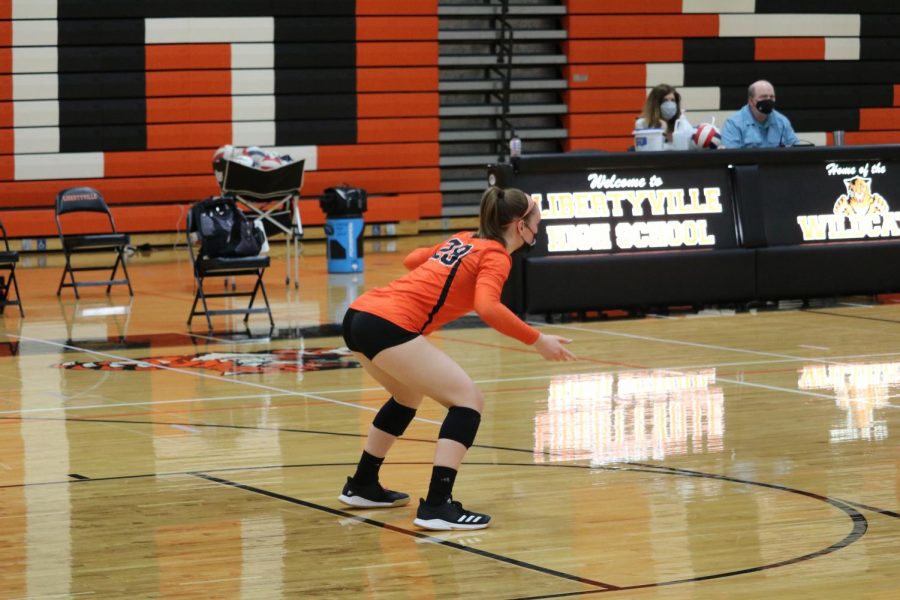
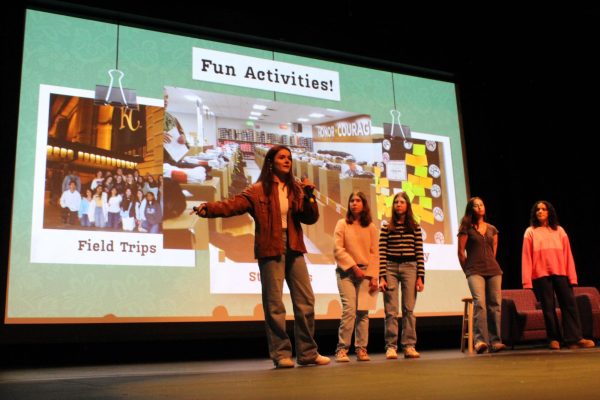



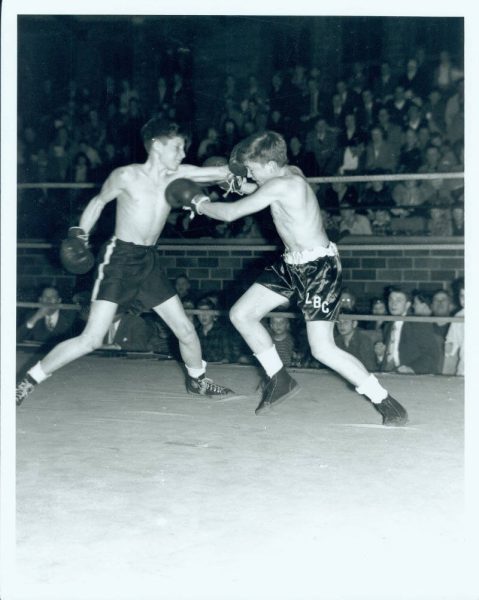
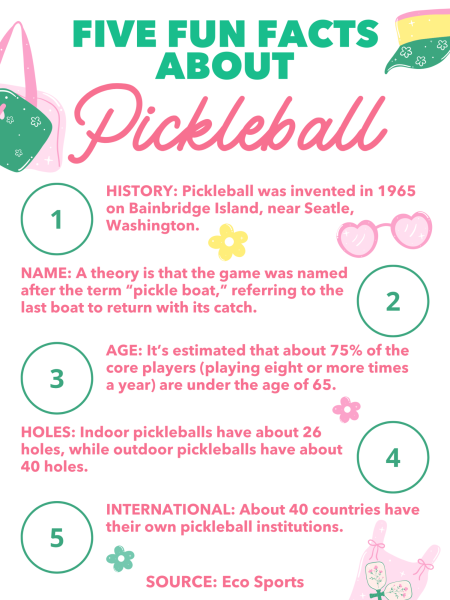
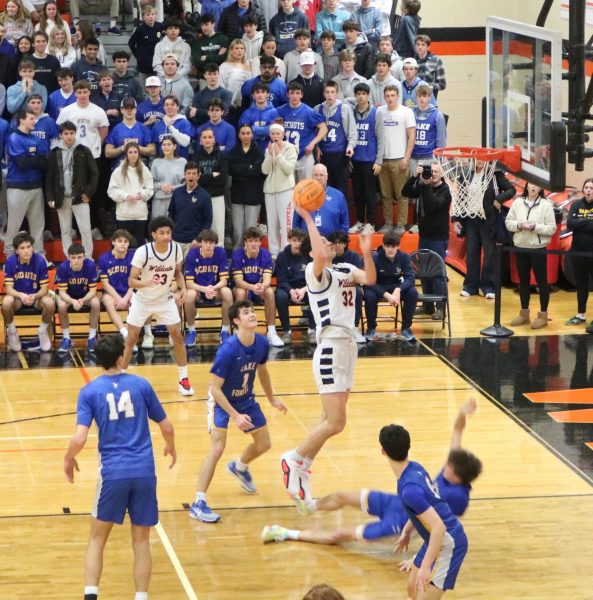
![Senior Liam Hanson (1) is escorted by his parents before the game to celebrate senior night. He will miss “hanging out with [his] boys and going out to eat after games and practices.”](https://www.lhsdoi.com/wp-content/uploads/2025/02/IMG_1389-600x400.jpg)
